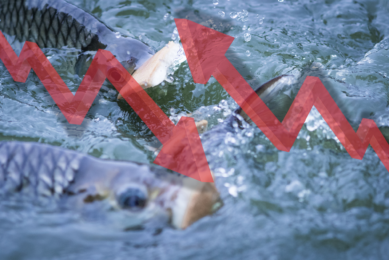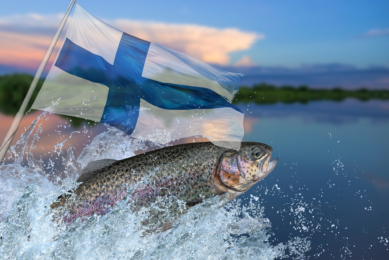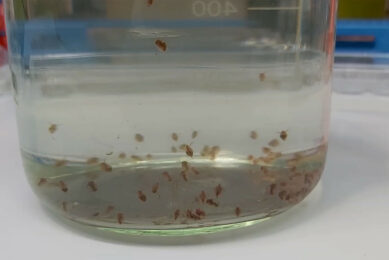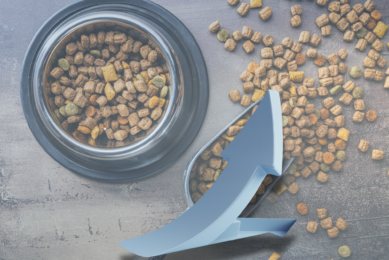Russia grappling with a shortage of high-quality aquafeed

A comprehensive study conducted by a group of Russian scientists from St. Petersburg University discovered that trout feed available on the local market falls short state standards.
The Russian aquafeed market has been rocked by significant upheaval over the past 3 years. Western sanctions, which led to a drastic reduction in imports from Europe, prompted several local players to hastily ramp up fish feed production capacities to bridge the gap. However, the outcomes have been far from ideal.
Lake of protein: Jeopardising growth
The trout feed available on the market lacked between 20% to 30% of protein, the scientists claimed. On the other hand, the fat content of the studied samples was elevated by 60% to 100% compared with the normative, the scientists revealed. In addition, the tested aquafeed lacked fibre, whose content was up to 2 to 4 times lower compared with the required levels.
“Trout cannot digest carbohydrates as effectively as heat-loving species. So, to preserve protein, which would otherwise be spent on energy needs, fats must be added to the diet,” the scientists claimed.
Not only Russian aquafeed was involved in the studies. The scientists claimed they also found the same issues in the feed imported from Serbia, Turkey, Armenia and even Germany.
In a separate study, the researchers found problems with protein metabolism in the trout consuming some of the locally available feed. The study indicated that the protein content in the blood was below 30 grams per litre, which can jeopardise growth.
Slump in production
Last year, the problems in Russian aquaculture hampered the industry’s production performance, as indicated by government officials.
During the first 9 months of 2024, Russian aquaculture production dropped by 7.3% compared with the previous year to 272,700 tonnes, the Russian federal agency for fisheries Rosrybolovstvo reported.
The decline is primarily attributed to the turmoil in the salmon and trout segment, where production slumped from 131,400 tonnes in 2023 to 102,400 last year, Vasily Sokolov, deputy head of Rosrybolovstvo, admitted.
Dependence on imported aquafeed
In the first place, the production drop happened due to the ‘*import needle’, Sokolov said, adding that this primarily relates to import dependence on broodstock.
However, Rosrybolovstvo, in previous statements, also admitted the sector’s dependence on imported aquafeed. In 2023, Russia imported 130,000 tonnes of aquafeed, primarily for the salmon and trout segments, estimated Agroconsult, a Moscow-based think tank.
Sokolov added that the existing problems will keep hindering Russian aquaculture production for some time.
Against this background, the Russian government will start reevaluating the industry’s state regulation, and as the “impetuses that kept the industry growth are winding down,” Sokolov added.
*Import needle is a term commonly used in Russia in recent years to describe the situation where an economy sector has a vital dependence on imported raw materials, equipment or technologies. The term originated from an analogue with drug addicts











